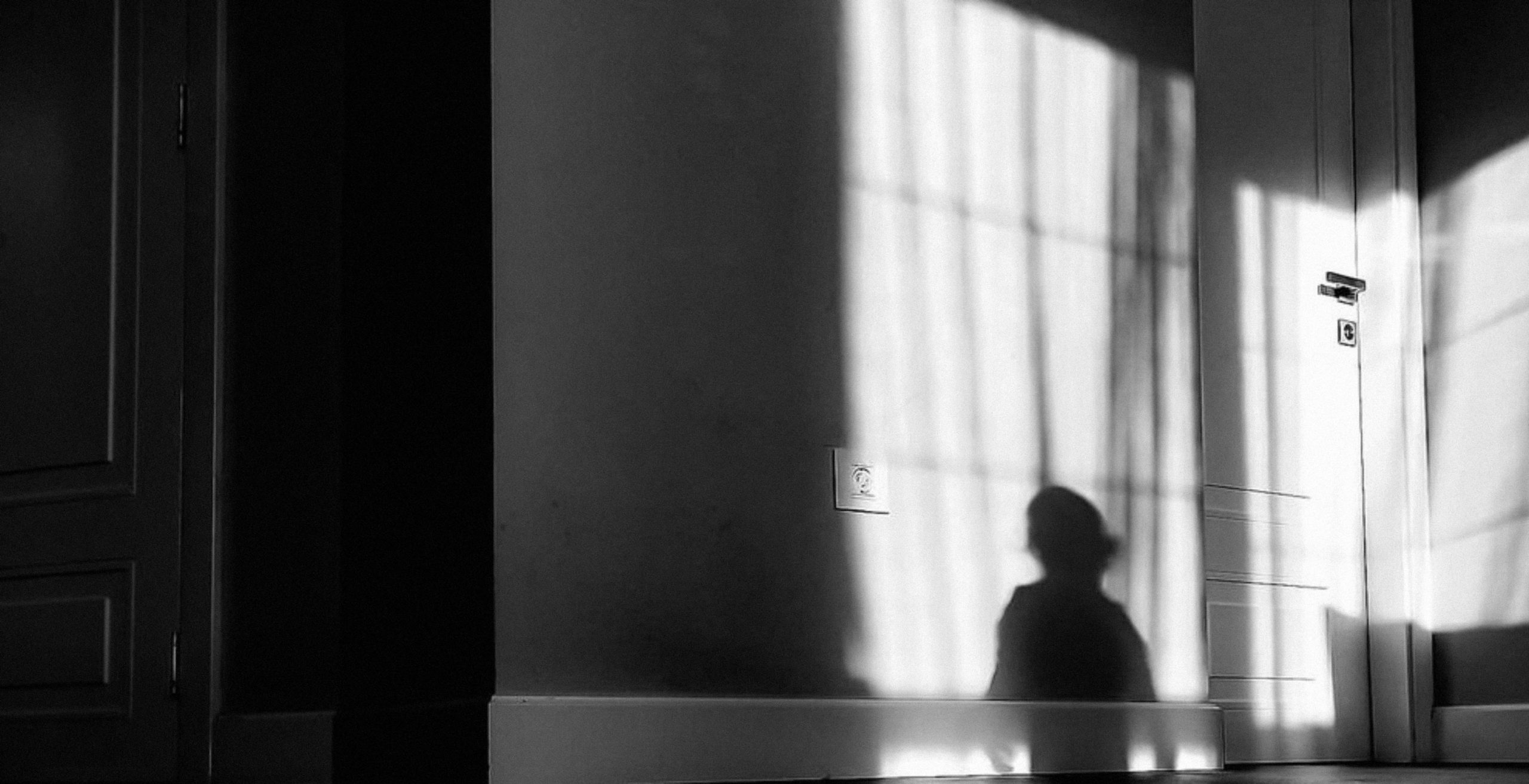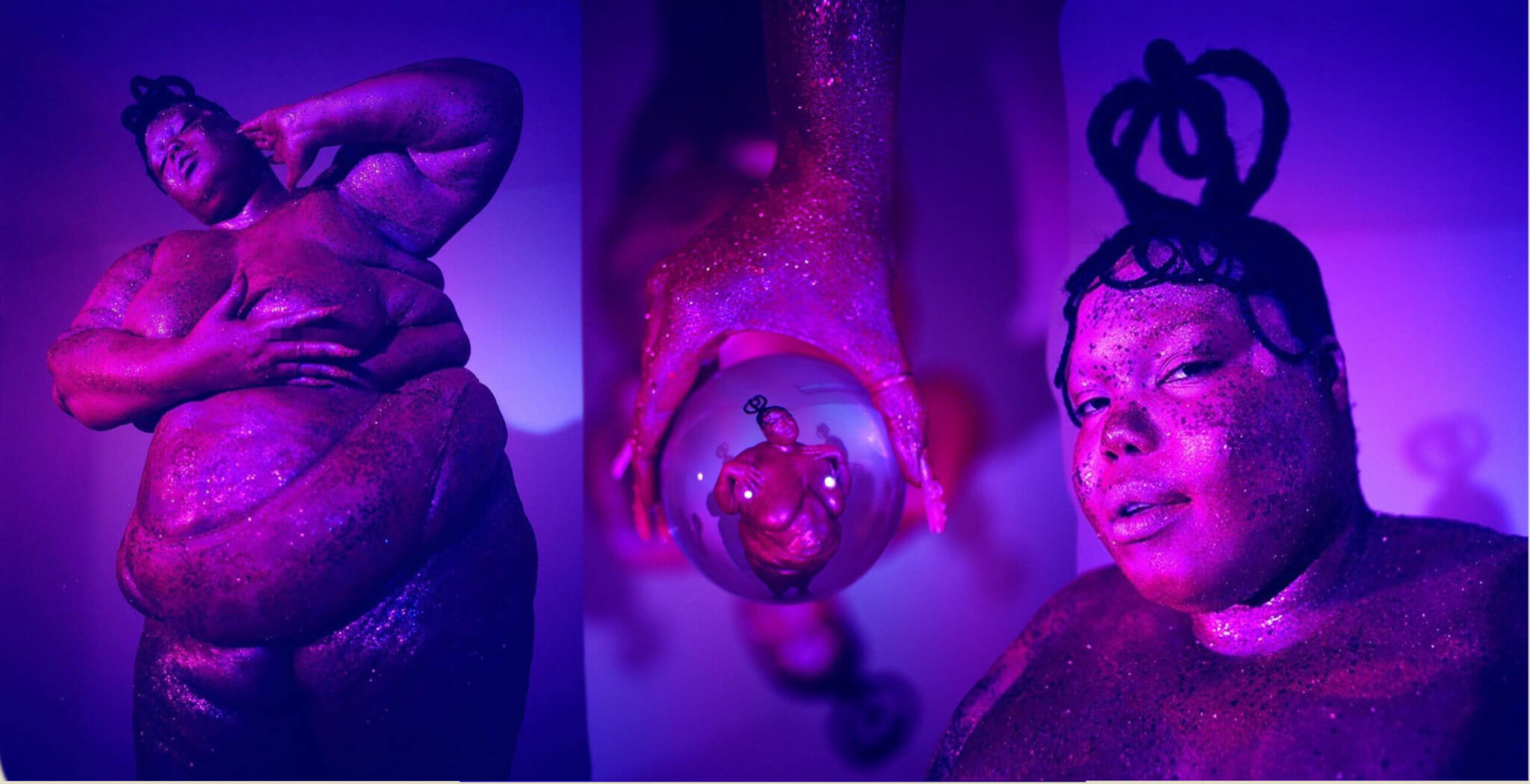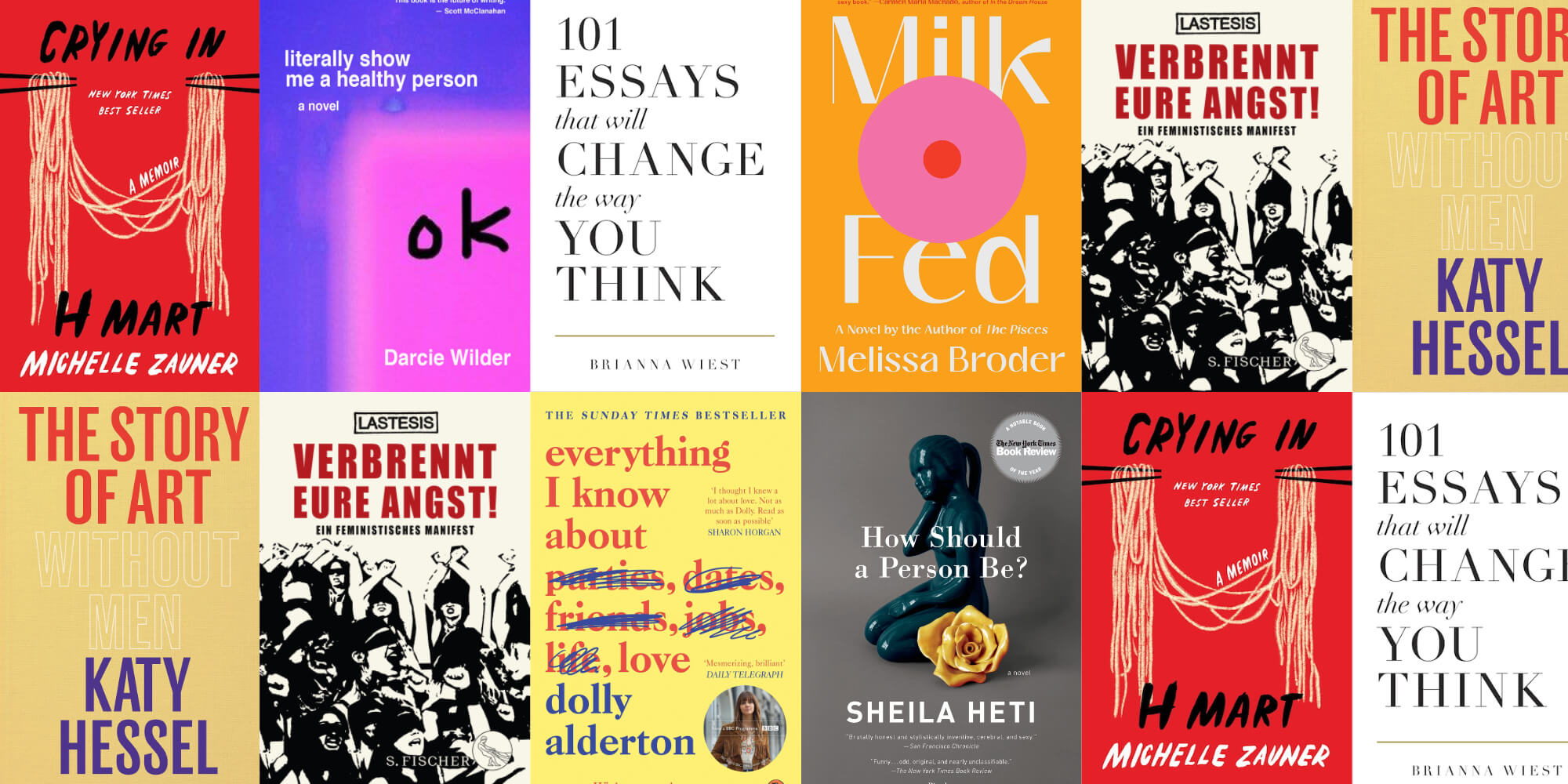The vampire, the vampyre, the undead
From the Carpathian landscapes of Transylvania to North American suburbia, fictional vampires have lurked, seduced, and wasted away in countless stories that, from their roots in European folklore, have allowed them to become a cornerstone of the Gothic genre.
Much like the other Gothic tales, vampire stories are often allegories for hidden and repressed desires, trauma, death, and marginalization. Objects of fascination and predators, blessed with eternal life and condemned to an existence in the shadows, vampires contain a myriad of dichotomies.
They are a synthesis of repulsion and attraction, bearers of an inherent complexity that has kept them alive in media and pop culture since the early days of Gothic literature. So much so that vampire media, especially when made by historically marginalized voices, can still hold a mirror to our relationship with the self and society.
When the vampire is also a woman
While the most archetypal incarnation of the fictional vampire, Bram Stoker’s Count Dracula, is a man, or as close to a man as a mythical creature can be, female vampires have been part of the canon since Sheridan Le Fanu published his Gothic novella ‘Carmilla’ in 1872.
Vampires have been used and read by artists and audiences as metaphors for an array of Others, from the LGBTQIA+ community to people with disabilities. Still, stories of female vampires like Claudia from Anne Rice’s ‘The Vampire Chronicles’ tend to have even another narrative layer. They, in fact, often explore the many facets of the female experience in addition to the other themes traditionally and more recently associated with vampire fiction.
Awkward “teenager” Sasha from Ariane Louis-Seize’s debut feature film ‘Humanist Vampire Seeking Consenting Suicidal Person’ (2023) and the nameless vigilante from Ana Lily Amirpour’s Persian-language horror film ‘A Girl Walks Home Alone at Night’ (2014) might not have a lot in common on paper.
They not only inhabit vastly different worlds, an aural Quebecois town and the Western-esque black and white ‘Bad City,’ but their morals seem to reside at the opposite end of the compassion spectrum. While young Sasha has an alleged empathy problem that sets her at odds with her family, Amirpour’s lonesome vigilante kills and feeds with abandon.
Yet, they are both the protagonists of campy, deliciously unserious, and oddly heartfelt portrayals of female loneliness and sexuality and the discomfort that lines the joy of opening up to others when you have been Othered. Two timely takes on the tropes of the predator and the conscientious vampire and the intricacies of romantic and familial relationships seen from the lens of female directors.
The female vampire and the Gothic genre
These female vampires are part of a new wave not only of the vampire genre but of the Gothic genre as a whole. This genre, born in the second half of the 18th century, at a time of economic, social, and political unrest and antithetical to dominant ideology, had already had a Renaissance with German expressionist cinema during the rise of Fascism in Europe.
Now, during these times characterized by a rise of the far-right and increased socioeconomic inequality, the Gothic genre is once again a medium through which people can engage in societal criticism and examine the many idiosyncrasies of human emotions.




























